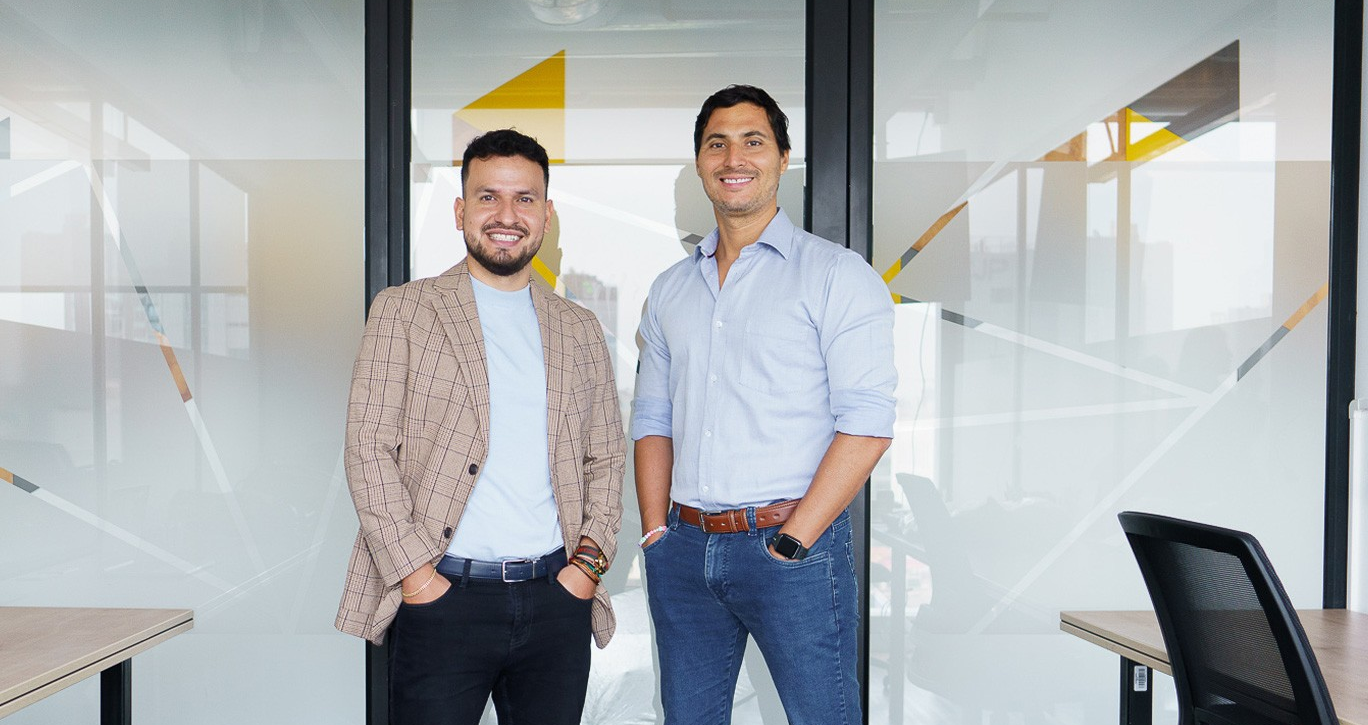The fintech sector looks to the elderly: training and technology for the silver economy
The population ages and technological advances happen. That’s why it’s essential to design and customise digital banking services with older people in mind, and to offer them support both inside and outside businesses so that they have access to the tools they need.
Is ageing unavoidable? Yes, but thanks to scientific advances and improvements in society, we are doing so with an ever better quality of life. Our life expectancy is increasing and, with that, so is the percentage of the population that is elderly. Between 2015 and 2050 the proportion of people over 60 years of age will go from 900 million to 2 billion, an increase from 12% to 22% of the total global population, according to the World Health Organisation
As the population gets more aged, technology and new services are also advancing faster, and those who design and digitise them belong to other generations. That’s why the concept of the silver economy is looking to ensure that goods and services think of this group and are personalised to adapt to their consumption needs and life goals. The European Commission defines it as “the existing and emerging economic opportunities associated with the growing public and consumer expenditure related to population ageing and the specific needs of the population over 50”.

And as if that were not enough, the pandemic has put this large group at risk – they are the most vulnerable to COVID-19, and they have seen their daily lives and how they deal with their finances greatly affected. One of the key points in the face of coronavirus and its consequences is to support those who are less familiar with digital technologies, particularly with regard to cyber-security, such as older people, according to the BBVA Research Center. The world has changed, and the way we provide services to older people must change as well.
Where to start
Age is only a number. That’s why Eleonora Barone, CEO and founder of mYmO, speaks of generations rather than ages: “Dealing with generations gives you the opportunity to see the experience linked to time and to consider other factors to avoid discriminating based on age (ageism). It’s important to talk about intergenerationality.” Her initiative is committed to designing projects in a community in which different generations interact.
With regard to businesses, Barone suggests “setting goals that answer the question of why a person has to use something: non-native digital people have the same needs as others, but we shouldn’t impose which tools or methods they should use”. That’s why she advocates listening and showing empathy. With that in mind, she believes that we ought to opt for “person-centred design and a specific customer journey”.
Personalised digital training
Although efforts were already being made to focus on this issue, coronavirus has been a turning point, highlighting a digital divide. Older people who didn’t have digital knowledge have had to acquire it to be able to stay in touch with their families, but also to take care of their finances.
Following the health guidelines, BBVA recommended that customers use digital channels to limit face-to-face visits. For this purpose the bank offered different channels of communication to address all possible scenarios, launching an action plan via email, mobile applications, text messages and phone calls so that older customers could be kept informed and have any queries dealt with.
To bridge the digital divide, training is important. This year, volunteers from BBVA and the Red Cross gave 500 workshops throughout Spain to train over 3,000 older people in how to use technologies that could be useful for them to make purchases online and carry out banking tasks from home.
“We have to offer custom itineraries, because between 50 and 100 there are many generations and you can’t treat everything the same way. With the wealth of data that we have, we need to be able to personalise it according to the specific needs of each individual”, says Barone.

Nuria Domínguez, Cofounder Partner of the startup SeniorsLeading and its intergenerational fintech ecosystem SilverMoney, is committed to a hybrid training system that combines in-person and online: “Face-to-face training is essential, especially for those who are not ICT users or who have little experience. It’s key to building their confidence with digital media and to overcoming their fear of technology”. As for complementary online training, they recommend “that the seven accessibility principles of Universal Design be applied in how the content is designed”.
Companies as agents of the future
Companies must also be learning spaces for older people. “In business, people need to be educated to prepare for life after retirement. They have to adapt to new variable environments, understand the freelance mentality and change their way of thinking, from management through to HR departments”, suggests Francisco Abad, director of the Fundación Empresa y Sociedad. They are working on their Genior project, which focuses on training and employment in the future of work.
The expert points out the importance of fostering in-house learning and driving adaptability in changing environments: “If you’re used to working in a different way, then you’ll use services, consume and live in a different way”.
Inclusive and adapted technology
It’s not just a question of the over-50s having to get training – at the other end of the spectrum things need to be made easier and awareness should be raised of how services are created and delivered. “Technology should advance on both sides: people should learn, but it should also be much more intuitive and straightforward to use”, Abad says.
In this sense, for adaptive mobile banking, experts recommend tactile and inclusive interfaces that provide greater accessibility, voice technology, and biometrics. “Services with specific functionalities are interesting, such as a virtual assistant that will talk users through the steps to follow, and artificial intelligence to detect what problem the user is facing”, indicates José Ferrer, CTO of SilverMoney. Abad, from the Fundación Empresa y Sociedad, notes that chatbots can be “customised for different audiences, with different voices depending on the user’s generation.”

To design with the user in mind, in this case the elderly, “it is essential to have continuous feedback, the customer’s response should always be present and the interaction should be close,” adds Ferrer.
At the end of the day, the silver economy focuses on a group that, as Ferrer reminds us, “has been helping their families for a long time and is a source of savings and peace of mind – they are the anonymous heroes”. All that remains is to design fintech, now and in the future, with them in mind.



